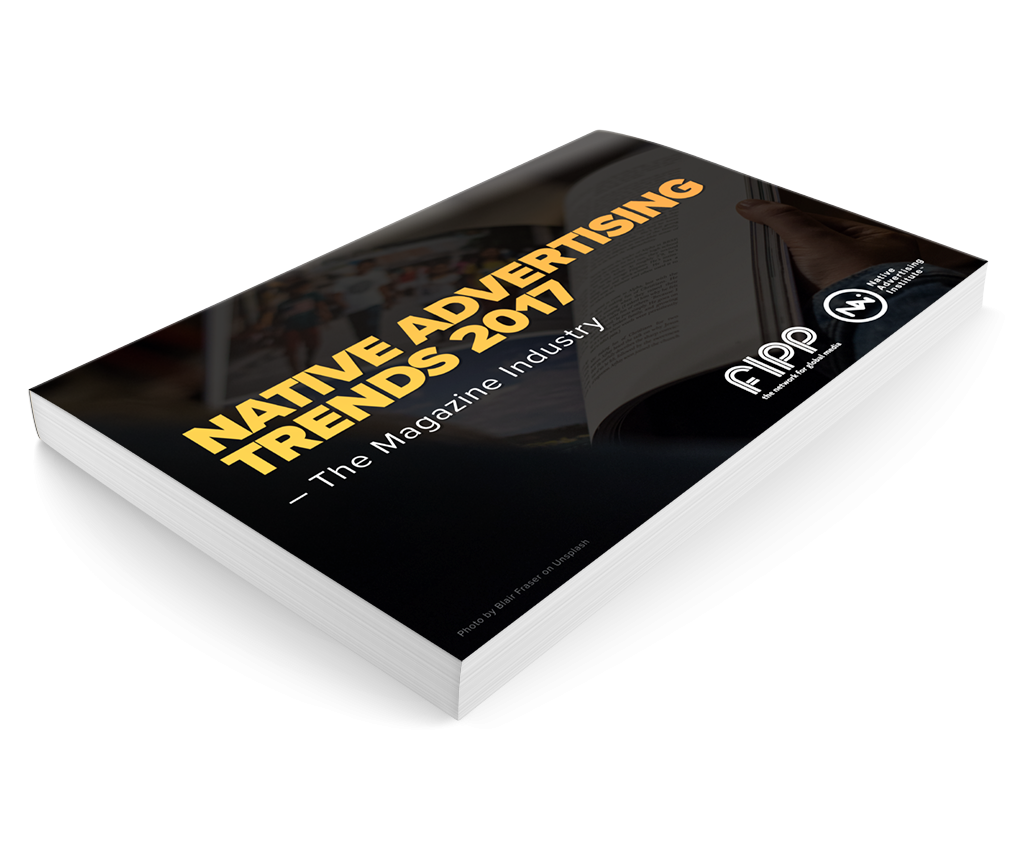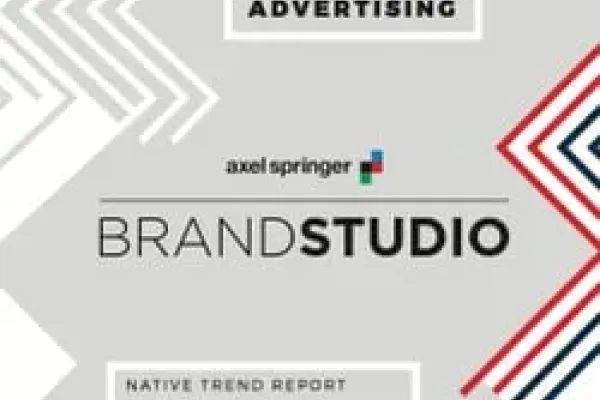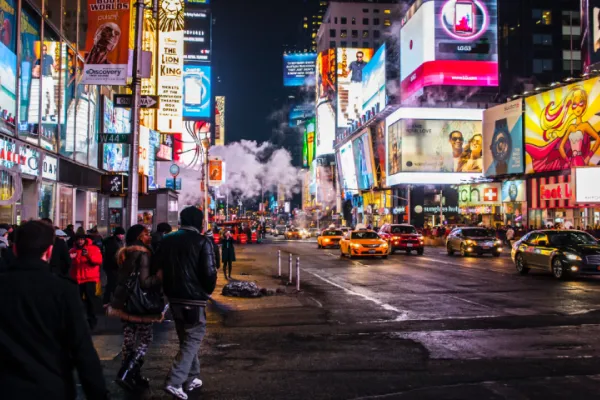
 Details
Details

As Chief Influence Strategist at MSL, Erin Lanuti is responsible for shaping and innovating MSL’s vision and offerings around influence. Erin is responsible for the innovation and global expansion of their new platform Conversion2Commerce. She was also an official speaker at Native Advertising DAYS 2017.
Usually, one talks about "influencers" when it comes to native advertising, but you use the word "influence". What is the difference?
For us, influence is all credible third-party content. Influencer is just one piece of influence, while influence as a broader term can include articles, videos, ratings, and reviews, etc.
How is it possible to quantify the role of influence against brand lift and commerce?
There are a variety of ways we can quantify the role of influence. For brand lift, we can conduct discrete choice task methodologies, brand surveys and/or brand trackers. These can be done as stand-alone surveys or surveys that are retargeted to people exposed to the original content.
Depending on the type of campaign being run, we have a wide array of ways to measure commerce. For instance, with our Amazon partnership as well as partnerships we have with other e-commerce platforms, we can do direct attribution of the influence to commerce.
For brick and mortar, we have a mobile version where we can tie content exposure to store traffic and then in partnership with the retailer obtain the sales data lift for the product. If we test this in a small number of markets we can build a proxy which can be scaled nationally. There are also other ways, but typically they require a lot more investment from brands making them too cost prohibitive.
One of the most important steps is to ensure that the content being amplified is, in fact, the right content.
MSL has created the platform Conversation2Commerce - a new global hybrid offering between all of Publicis Communications and Publicis Media agencies. How has this platform managed to deliver more engagement, brand lift and sales for your global clients?
We have built several different methodologies based on a client’s desired business objective and paid media. We have seen that no matter the business objective or the methodology, that one of the most important steps is to ensure that the content being amplified is, in fact, the right content.
We’ve spent a lot of time building our data-driven earned content criteria which when followed delivers substantially more brand and sales lift than when no criteria are used.
RELATED: Publishers and Marketers Should Learn From Each Other
The second part of this is to ensure that the customer journey message is seamless and the steps are as short as possible. This requires a lot of coordination with the strategy, creative and media buying teams. For instance, say I am promoting a pair of white sneakers in my content, the brand message that follows should relate to white sneakers.
All elements should drive to the business objective as quickly as possible and we’ve been experimenting with lots of different technologies and methodologies to reduce friction in the process and accelerate the action.
What is the biggest challenge when it comes to measuring brand lift - and how do publishers and advertisers overcome it?
There are lots of challenges in measuring brand lift. One of the biggest is to ensure you can isolate the impact from your initiative vs. other elements that are running. We always recommend doing a test and control to isolate as many variables as possible. For larger brands that have media always on, we will typically isolate even further to specific markets as another way to get as clear a read as possible.
The role of influencers is constantly evolving and growing.
Where do you see the role of influencers going in the coming years?
The role of influencers is constantly evolving and growing. I often look to China as a market leading influencer marketing. It is truly remarkable the power influencers have at driving commerce in China.
In fact, when I was last in Shanghai, I saw a two-block line for a tea shop and I asked what was so special about this tea, they said an influencer wrote about this tea shop four months ago and every store in the chain has been serving over 1,000 cups a day ever since.
RELATED: The Dos and Don'ts of Reaching the Most Sceptic Audience of All: The Millennials
While we have a long way to go in the US and other markets until China’s social commerce model, what is clear is the power of influencers to drive brand lift and commerce across a variety of categories is growing exponentially.
Today, it’s critical that companies not isolate 3rd party content as it is often the most credible and relevant content a brand has today. This content should be used across multiple channels – advertising, earned, owned, etc.
We’ve seen when we use this content and compare it against brand creative and owned content that it consistently outperforms which to me signals a shift in how we need to think about the role of this content in the marketing mix.
In sum, I think one of the most exciting phenomenons is social commerce. We’re just starting to see this pick up steam in markets like the US and I believe it will grow significantly around the world in the coming year.
It’s no secret that the pendulum of consumer trust has significantly shifted from brands to credible third-party influencers.
Erin Lanuti is an official speaker at this year's Native Advertising Days – the biggest international conference on content distribution and content promotion.
Why should attendees at Native Advertising DAYS absolutely not miss your presentation?
It’s no secret that the pendulum of consumer trust has significantly shifted from brands to credible third-party influencers. When I say influencers these are all credible, third parties who can authentically speak about your brand, product or service. This might be a publisher, a consumer or a stakeholder.
While seemingly everyone is getting on the influencer bandwagon what isn’t clear is how to qualify and measure the impact of influence on true business impact. Over two and a half years ago we starting building the Conversation2Commerce offering to do just that. To get there, we had to explore measurement scenarios, advertising formats and the earned influence itself.
My presentation will focus the role of influence in marketing and how to ensure you’re leveraging it to drive a measurable and meaningful business impact.
DOWNLOAD: Native Advertising Trends 2017 - The Magazine Industry




